detail profile tibor p c3 a1lffy
Peran Yang Di Mainkan Tibor Pálffy
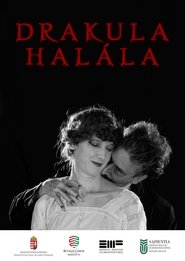 The original film titled The Death...
The original film titled The Death...The Death of Dracula 2025
The original film, titled The Death of Dracula (Drakula Halála) was producesd in 1921 as a Hungarian-Austrian-French co-production, one year before F. W. Murnau's Nosferatu. Given its production date, it may be considered the first Dracula" film in the world. The original negative and copies of the film were destroyed during the Second World War. Although the original screenplay could not be located, a book of the same title was published by Lajos Pánczél after the film's release. A reproduction of the script was created based on the book, and then this "remake" of the original film shot using the reproduced script.
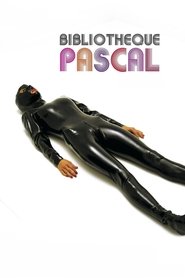 A single mothers struggle to support...
A single mothers struggle to support...Bibliothèque Pascal 2010
A single mother's struggle to support her child leads her into the surreal netherworld of illegal sexual enterprises, with her finally ending up in the Bibliothèque Pascal; an elegant but bizarre house of prostitution in which men can re-enact sexual scenarios inspired by great works of literature for a hefty fee.
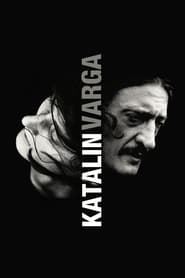 In the beautiful otherworldly Carpathian Mountains...
In the beautiful otherworldly Carpathian Mountains...Katalin Varga 2009
In the beautiful, otherworldly Carpathian Mountains a woman is traveling with a small boy in a horse and cart, looking to punish those who once abused her. For years, Katalin has been keeping a terrible secret. Hitchhiking with two men, she was brutally raped in the woods. Although she has kept silent about what happened, she has not forgotten, and her son Órban serves as a living reminder.
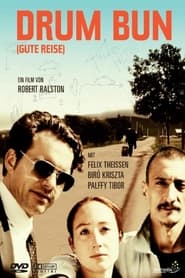 Dracula and back The urgency of...
Dracula and back The urgency of...Drum bun - Jó utat! 2004
Dracula and back! The urgency of having to go to Transylvania as fast as possible to bring back the remains of his own father turns out to be an adventure of a different kind for Martin. What he thought would be a short trip becomes an extended odyssey through the former east block country. Instead of Count Dracula, Martin meets a Romanian couple, Imre and Agi. Involuntarily bound to each other, they start the search. Through Transylvania, through prejudices, mundane worries and emotions, Martin's German bookkeeper sensibilities come face to face with the simplicity of Hungarian-Rumanian life.
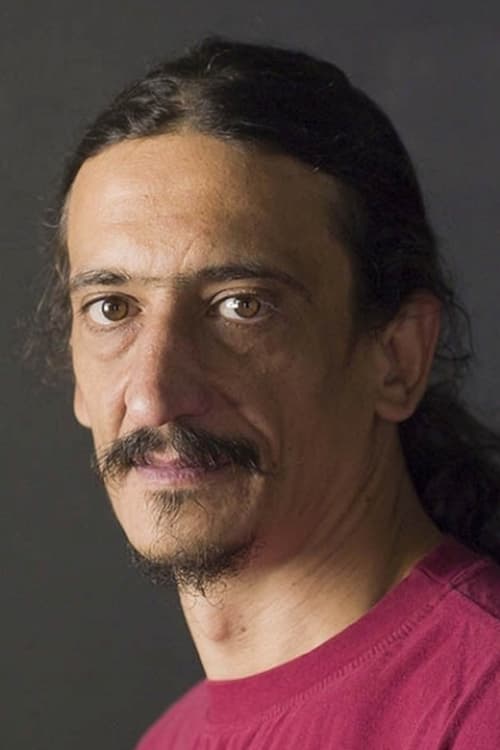
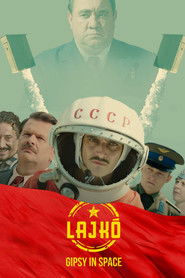 In 1957 the Soviet Union decides to...
In 1957 the Soviet Union decides to... The hidden messages in a famed...
The hidden messages in a famed...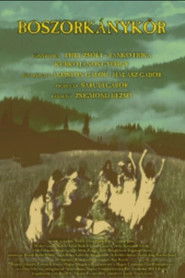
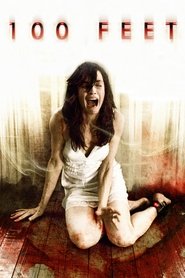 After Marnie Watson kills her abusive...
After Marnie Watson kills her abusive...